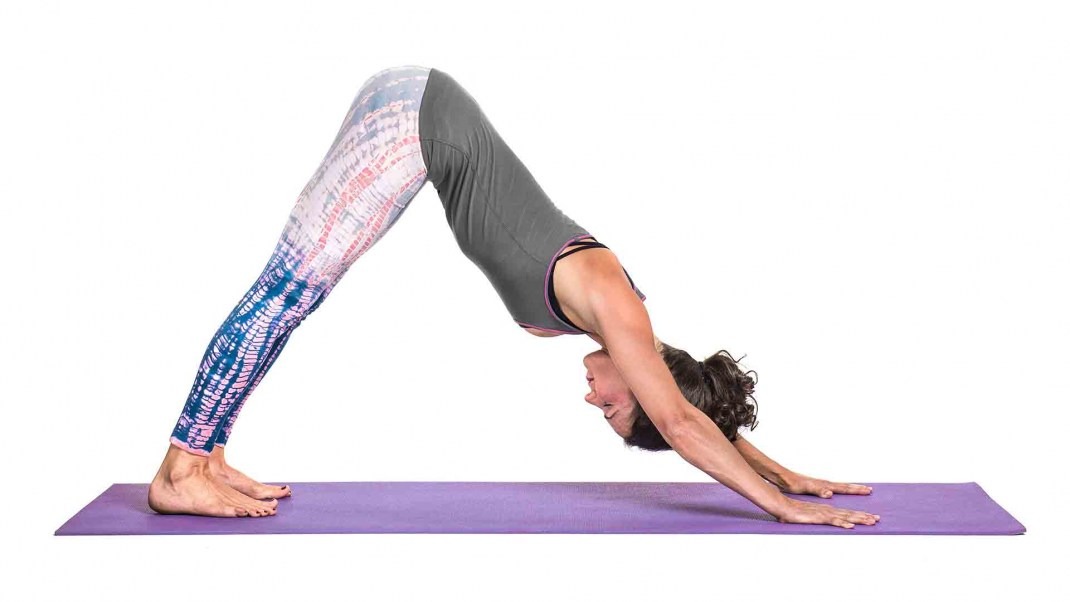
by admin | Mar 25, 2019 | Blog
Yoga for degenerative disc disease: An estimated 80 percent of the population will suffer from back pain at one point in their lives but Yoga can magnificently help you to don’t stay in this border line. There are many different conservative and alternative...


